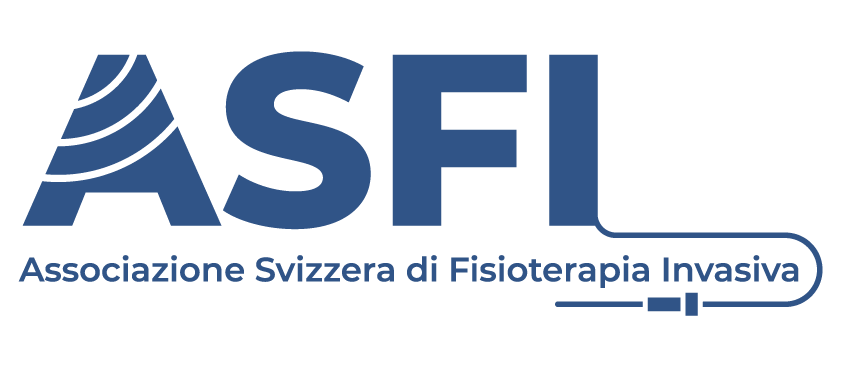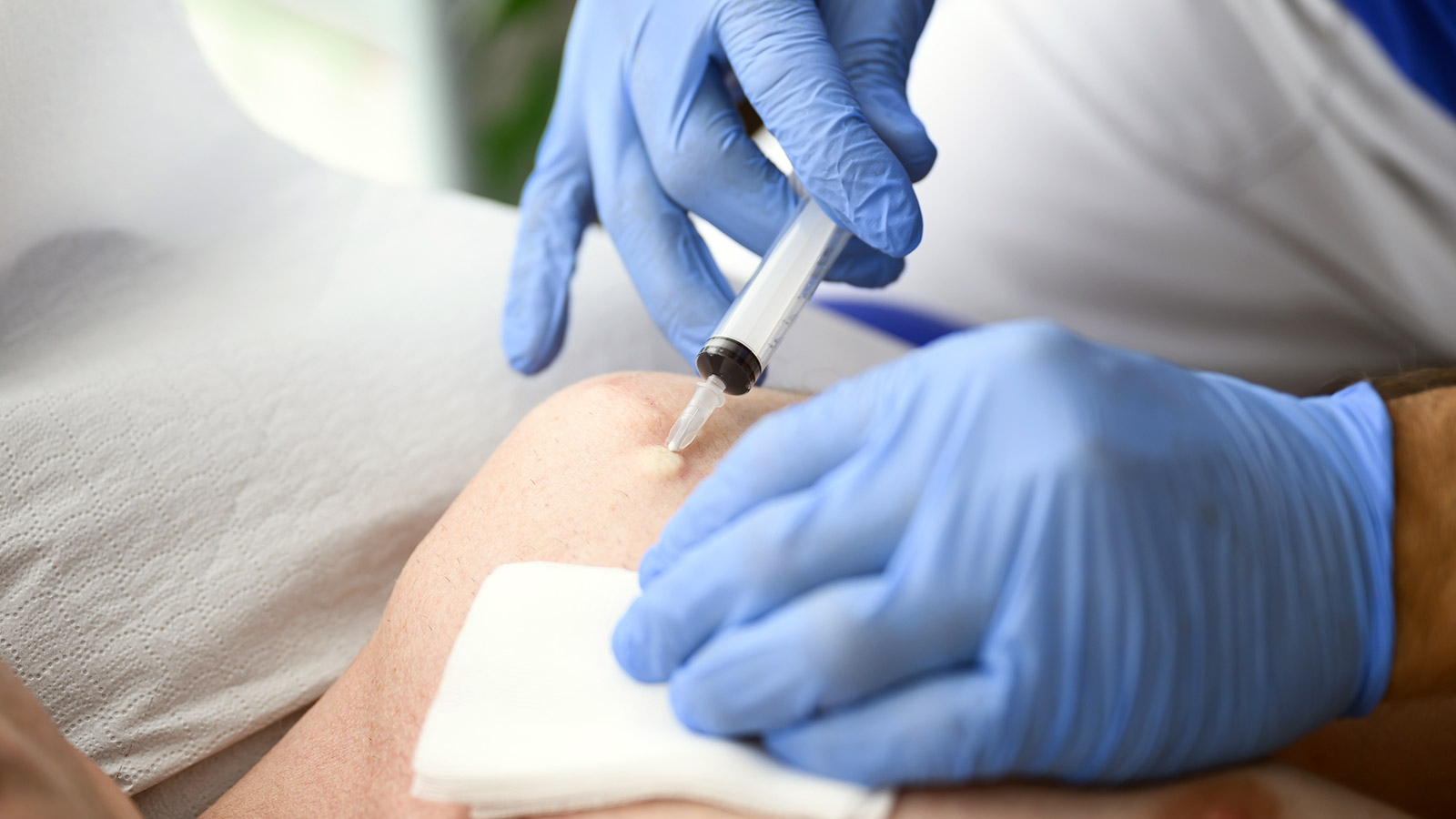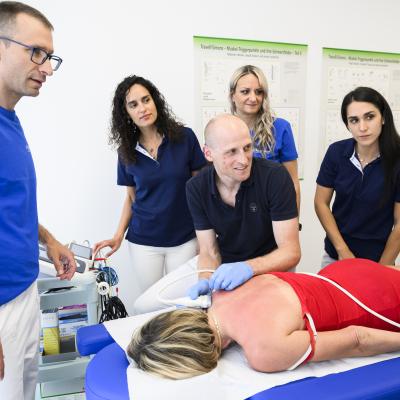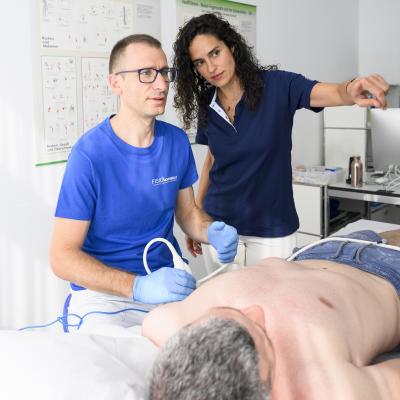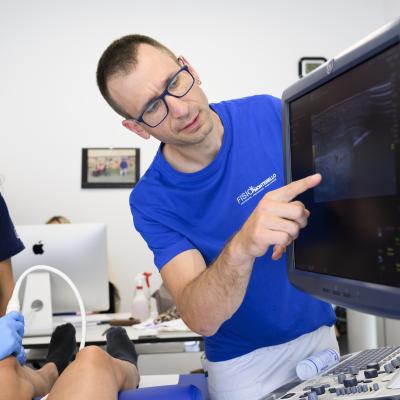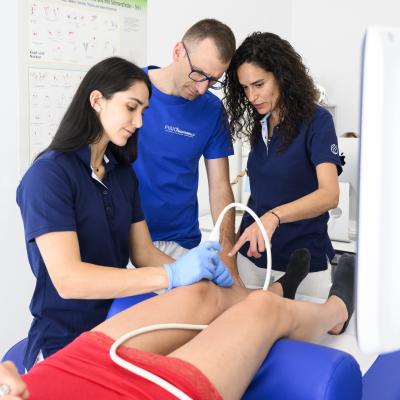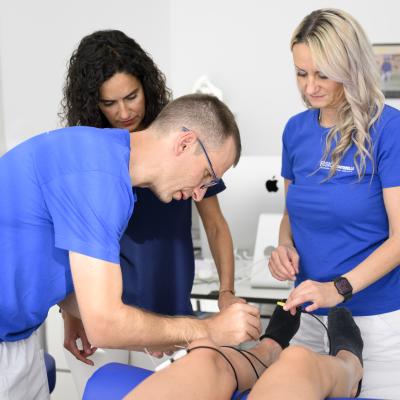Health is one of our most important goods; when biological networks are altered, disease and/or pain ensues. Mesotherapy is based on bioregulative medicine, which consists in the application of different therapeutic strategies with the aim of increasing the self-regulatory abilities of the body, which is generally able to regulate itself naturally and autonomously but sometimes needs external help. This may be represented by mesotherapeutic drugs, natural medicines with bioregulatory properties that allow the achievement of organic balance rather than the mere suppression of symptoms and signs of a disease. This approach differs from conventional medicine, where chemical remedies are used to suppress or modify metabolic pathways.
The remedy of Bioregulatory Medicine is not the chemical but the stimulus, which modulates the body's biological responses without suppressing them, thus allowing high tolerance to treatment without side effects.
Bioregulatory drugs are composed from medicinal plants and other active ingredients of natural origin and are selected to stimulate, supplement or strengthen the body's normal functions and thus regulate its health status, also with the simultaneous action of different active ingredients.
One example is Traumeel® for injection, an inflammation-modulating drug, for which there is evidence of its comparative use with nonsteroidal anti-inflammatory drugs (NSAIDs). While the latters seek to cut an inflammatory metabolic pathway to suppress pain, Traumeel® reduces inflammation without completely suppressing it (it is, in this sense, an inflammation modulator), keeping it at a level necessary for tissue repair and defense. This is important because inflammation is a mechanism that our body uses to fix dysfunctions or tissue misalignments and that, if abruptly interrupted (as through the use of NSAIDs), would inhibit our ability to repair tissue.
A very significant application field of this technique is sports medicine, where it is well known that the use of NSAIDs in cases of muscle or tendon injury, although leading to a temporary reduction in pain and discomfort, has negative effects on the health of the structure itself, as the fibers are inadequately repaired, delaying internal healing and weakening the subsequent function of the muscle or tendon tissue. Therefore, it is no coincidence that in sports medicine there is a tendency to avoid the use of anti-inflammatory drugs in favor of biologic drugs that channel inflammation in a more physiological manner, thereby repairing the damaged tissue under optimal conditions.
Mesotherapy uses the intradermal route to act, since at this level the body has the ability to capture and amplify the signal of the injected drug. In addition, because of the characteristics of this area, absorption of the substance occurs more slowly and the desired effect therefore lasts longer, and also digestive side effects are avoided. Application consists of multiple injections with low doses of product less than 4 mm deep into the epidermis. Although it is an invasive technique, it is not very painful, as the needles used are of small caliber.
There are many conditions that can benefit from mesotherapy, such as inflammatory processes, osteoarthritis, injuries of tendons and ligaments, and even skin problems.
Objectives:
- Stimulate natural healing
- Regulate inflammatory processes
- Regenerate damaged tissues
- Stimulate blood circulation
- Regulate natural reflexes
- Stimulate the immune system
Indications:
- Sprains
- Tendinitis and tendinosis
- Muscle pain
- Neck pain, low back pain
- Sciatica
- Muscle contractures
- Muscle ruptures
- Arthritic and osteoarthritic pain
- Joint pain
Contraindications:
- Depending on the drug to be infiltrated, but there are some absolute contraindications, such as:
- Oncological disease being treated
- Ongoing autoimmune treatment
- Allergies to any drug or product to be used
- Ongoing anticoagulant treatment
- Pregnancy
Because of the treatment type, sports should not be practiced until a couple of days after treatment, especially if in water; the area should also not be exposed to the sun, as this may cause post-inflammatory hyperpigmentation.
Side effects:
- These are generally few and minor if safety protocols are followed. However, they can always occur:
- Pain from the injection itself
- Erythema
- Hematoma
- Vagal reactions, more frequent in susceptible patients and generally lasting a few seconds
- Mechanical injury of vessels or nerves
- Post-inflammatory hyperpigmentation
- Skin infections
- Allergic reactions
Medications used:
We use only drugs from the most advanced laboratories, such as Heel or Reckeweg, including Traumeel®, Kalmia, Lymphomysot® and Spascupreel®.
